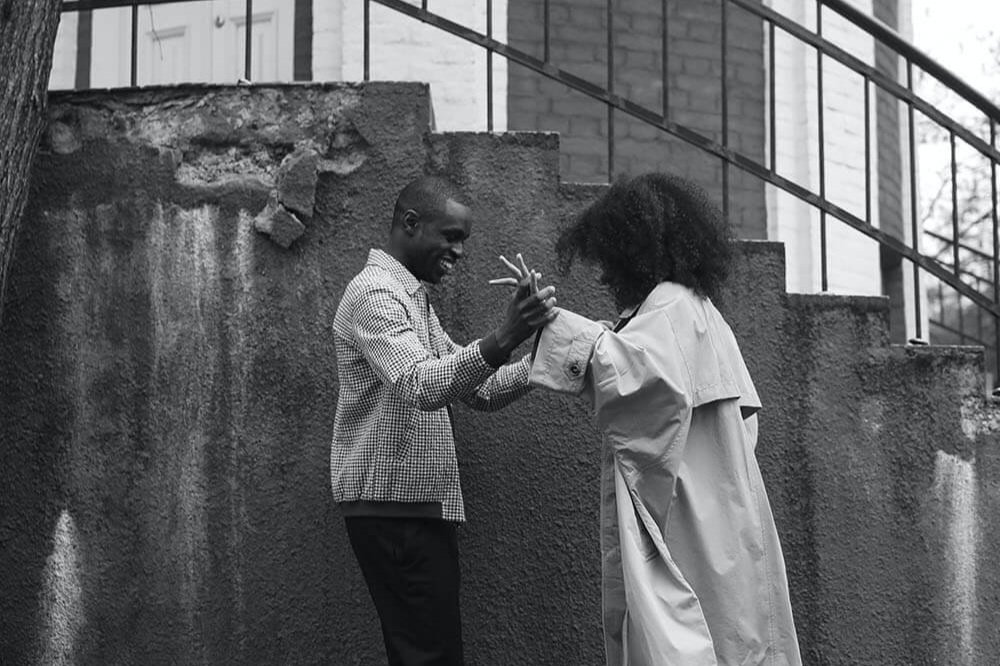Recognizing the Demon Dialogues
Hold Me Tight: Recognizing the Demon Dialogues
It always seems to be those who are closest to us that have the ability to hurt us the most. As Dr. Sue Johnson describes in her book Hold Me Tight, “the person we love the most, who can send us soaring joyfully into space, is also the person who can send us crashing back to earth”.
I’m sure we all know what it’s like to be hurt by someone we love, but as long as the connection between the two of you is safe and strong, those moments of weakness can be dealt with, all the while strengthening your relationship!
After decades of research, Dr. Sue Johnson offers us what she calls the Seven Conversations for a Lifetime of Love, all designed to help foster the connection in your own relationships. In this first of a seven-part series on the keys to keeping your relationship happy and healthy, we’ll focus on the first conversation – Recognizing the Demon Dialogues.
Demon Dialogues is a term that Dr. Johnson uses to describe the conversations between a couple that occur when their connection is unsafe. Ever find yourself in a vicious loop of mutual blaming with your partner? What about being in a situation where one person is knocking on a brick wall, hoping for the other person to open it up? If these feel familiar, you’ve likely experienced at least one of the three basic patterns of the Demon Dialogues.
1. Find the Bad Guy
This is when a couple lives in a circle, going around and around and blaming each other. The purpose here is to protect oneself, but it can also lead a couple to expect this pattern, causing us to react even faster when we think it’s about to happen again. The way to combat this pattern is to consider the pattern as a shared enemy, and to stay present, focusing on what’s happening in the current moment.
2. Protest Polka
Contrary to its whimsical name, the protest polka can actually be incredibly stifling for both people in a relationship. It’s when one person is actively reaching out, desperately seeking connection and protesting the disconnect that exists in the relationship, while the other is withdrawn, quietly pushing back against the inferred criticism in their partner’s words. In this case, both parties have to learn to recognize each other’s desperation and how that translates to an outward appearance of either freezing or poking.
3. Freeze and Flee
As a follow-up to the Protest Polka, the Freeze and Flee is when the partner knocking at the door has officially given up, and both people step back, exaggerating the disconnect between them. The key to the Freeze and Flee is the icy silence that exists in the relationship coupled with tension and pain, leading to no connection at all – positive or negative. At this point, the relationship may seem past saving, but it’s really just a way for people to protect themselves.
By shutting down, we avoid both rejection and contempt, but what’s important is to listen to our anxiety and to fight for recognition from the other person. You may find that the connection isn’t totally gone, just forgotten! Totally capable of being brought back.
Fighting for a safe connection in your relationship may seem impossible, but it’s a lifelong journey, slowly and steadily strengthening your bond with one another. So be patient! Don’t expect your connection to be brought back as quickly and readily as you want it to, but if there is still love between you and your partner, it’s always worth fighting for, no matter how long it may take.
Next Steps
If you would like to understand more about the negative cycle and interactional pattern in your relationship, feel free to reach out to Relationship Counselling Toronto. Our team specializes in emotionally focused couples therapy which is an evidence-based approach developed by Dr. Sue Johnson. We offer a free 15-minute consultation to see if we are the right fit for you.


